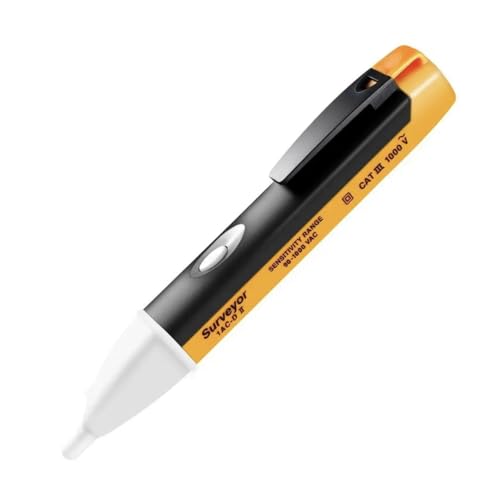Hi guys,
I think I should start by saying that I'm not an electrician, but was hoping to get some friendly advice =) You might have to bear with me if I make some rookie errors...
Just moved into a new house and set up the TV's. As far as I can tell, the previous tenants have had Sky and so the main TV aerial on the roof has been disconnected, meaning the only aerial lead in the house is connected to the Sky dish. So both TV's are on indoor aerials which are working well... until a car drives past
Everytime this happens, both TV's become pixelated and lose signal for about 4-5seconds. We've tried re-positioning the aerials etc but it makes no difference. Is there anything simple that we can try, or is it just that we need the main aerial re-connecting?
I wouldn't have thought a signal booster would help much as the signal is fine the rest of the time.
Thanks in advance!
Bobs
I think I should start by saying that I'm not an electrician, but was hoping to get some friendly advice =) You might have to bear with me if I make some rookie errors...
Just moved into a new house and set up the TV's. As far as I can tell, the previous tenants have had Sky and so the main TV aerial on the roof has been disconnected, meaning the only aerial lead in the house is connected to the Sky dish. So both TV's are on indoor aerials which are working well... until a car drives past
Everytime this happens, both TV's become pixelated and lose signal for about 4-5seconds. We've tried re-positioning the aerials etc but it makes no difference. Is there anything simple that we can try, or is it just that we need the main aerial re-connecting?
I wouldn't have thought a signal booster would help much as the signal is fine the rest of the time.
Thanks in advance!
Bobs
































































